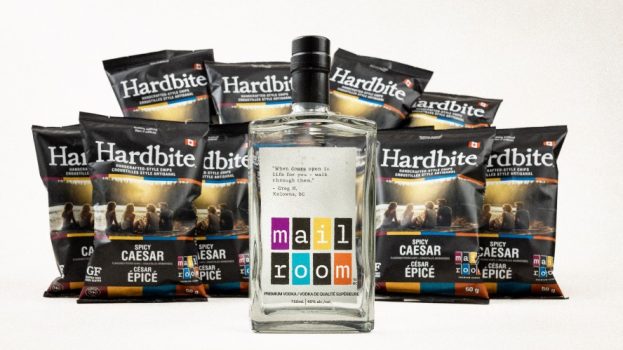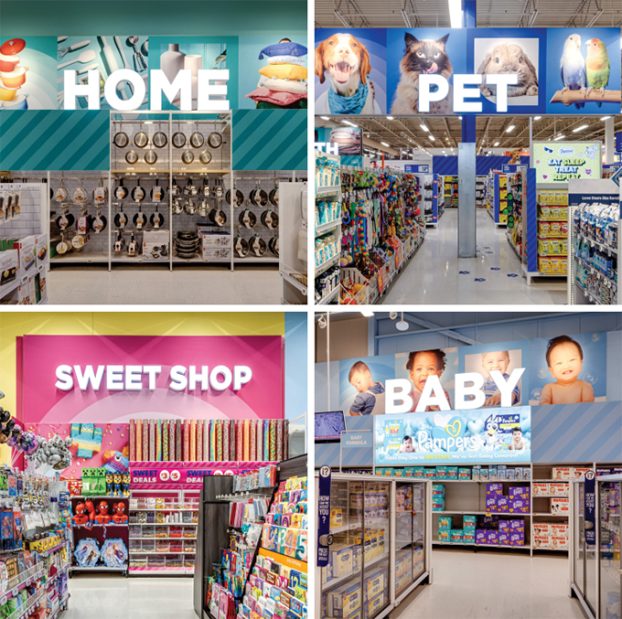About three quarters of Canadians have changed their grocery shopping habits in response to creaky supply chains and price spikes.
That’s according to mobile data company Caddle and retailer gateway firm, IRI Canada, which polled 2,830 Canadian consumers in april. The results were compared with an earlier IRI insights panel of 1,088 in January.
According to the numbers, 76% of consumers have changed shopping choices as the economy experiences 31-year-high inflation rates, with one in seven Canadians being food insecure. In addition, 71% of Canadians are reporting that they feel prices are higher, over-indexing toward boomers and Gen X, with meat having had the most noticeable price hikes, followed by eggs, milk and produce. Packaged food – bread, cereal and snacks – take up the sixth, seventh and eighth spots on the list. Price hikes in paper products, canned foods and personal care items were noticed by just under half of respondents.
“There is a lot hitting people from different angles right now,” says Ryan Harris, IRI Canada’s principal. There will be long-lasting pandemic effects, including a mix of trading down and reward buying.
Shoppers are using multiple methods to combat rising food prices, including switching brands. And the cross border contrast is stark, with far less loyalty seen north of the border: 52% of Canadians are switching to lower cost brands compared with 20% of Americans, while 47% of Canadians versus 21% of Americans are switching to private label.
As Harris notes, this means a challenging environment for both suppliers and retailers to create value propositions for consumers, including brands with sticky loyalty like Costco, Giant Tiger, Sobeys and Shoppers. Promos are challenging, especially with more deal-seeking, and it’s up to the market to sort it out, Harris says, but brands can also create offers value in different ways, like bundling or loyalty points.
Finally, the results reveal that 76% of Canadians have personally experienced out of stock items. Generally, boomers are disproportionately affected, as they’re more routine oriented and visual in terms of purchase habits, Harris notes. Millennials, he says, tend to be more open-minded as they are still forming habits.
























